Wool wheel spinning at Complexul National Muzeal ASTRA (RO)
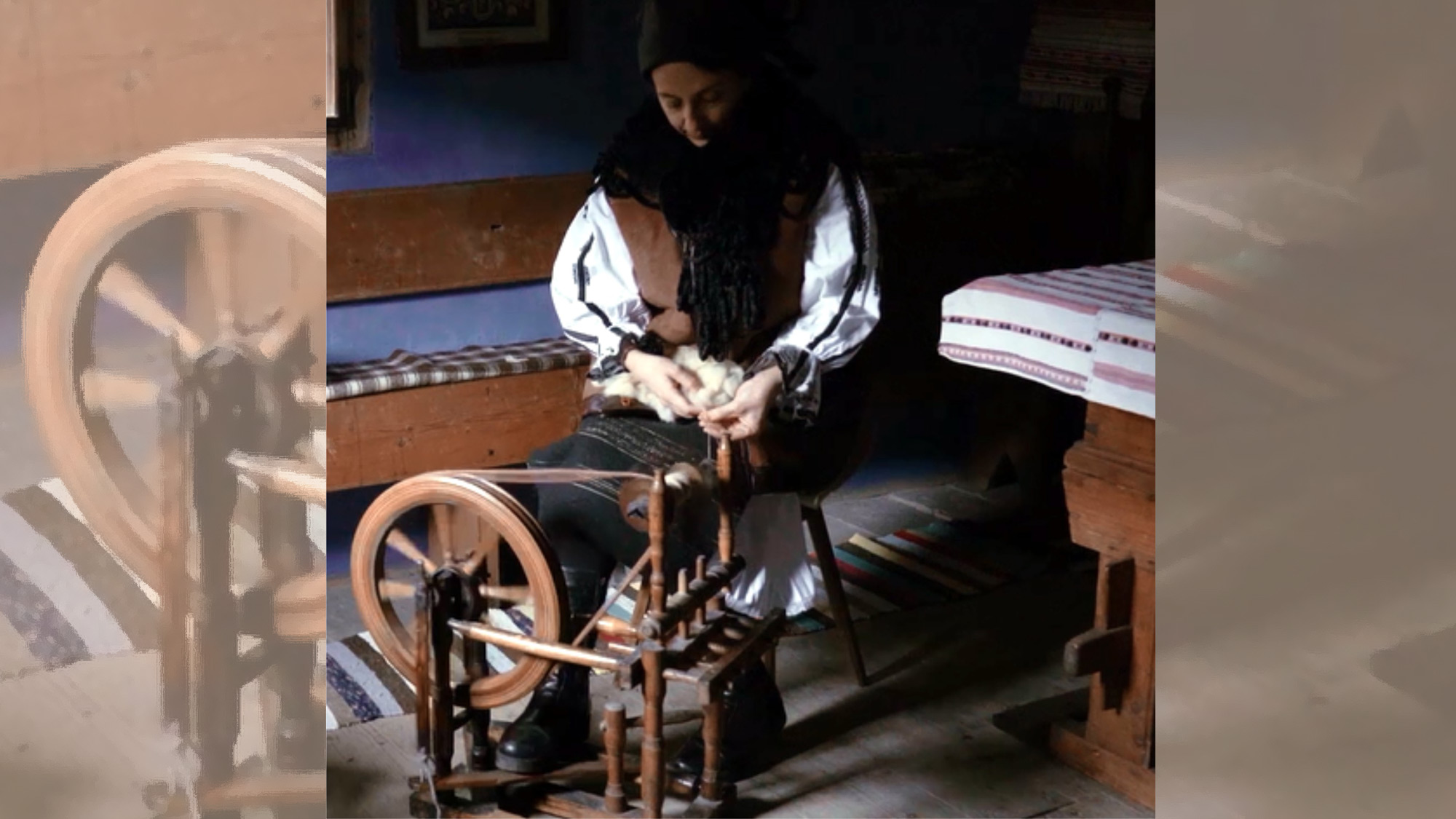
Name of the craft in English: Wool wheel spinning
Name of the craft in local language: Torsul lânii la roată
Local Language: Romanian
Type of craft: Traditional (craft is still practised)
Category of craft: Fibre and textile crafts
Short description of the craft:
Spinning is the craft of making wool yarn by twisting the fibers with the help of the spinning wheel. The spinning is made by the rotation of the wheel, that determines the yarn produced to atract new fibers that are twisted so as to continue the yarn. During the process of spinning with the wheel, the foot is used to step on a pedal that conveyes the rotation to the wheel, and both hands are used to form the thread.
What is the historical /archaeological time period of the original craft:
High Middle Ages, Late Middle Ages, Newer Era, 1930-1950, Newest Era
What years was/is the craft practiced: 1000 AD - 2024 AD
Primary crafter: Mihaela Gherghel (RO)
Crafter's role in the documentation process: Demonstrator (storyteller)
The crafter has been practicing this craft for: 5-10 years
Is practicing this craft the main occupation of the crafter: No
What is the main occupation of this crafter: Museum curator
Does the crafter practice any other crafts: Yes
Other crafts: Weaving
The crafter's motivation for learning this specific craft:
Personal interest, Learning something new, Being creative, Manual working, Producing (unique) things
Does the crafter have regular contact with colleagues: Yes
Number of colleagues: 3
Which describes the crafter's habitual working area best: Museum
How did the crafter learn this craft: Self-taught
Does the crafter teach this craft: No
This process is: To produce something from scratch
Which of these options best describes the work area during this craft activity: Museum
Name each working technique (keyword):
• carding • spinning
Phase 1
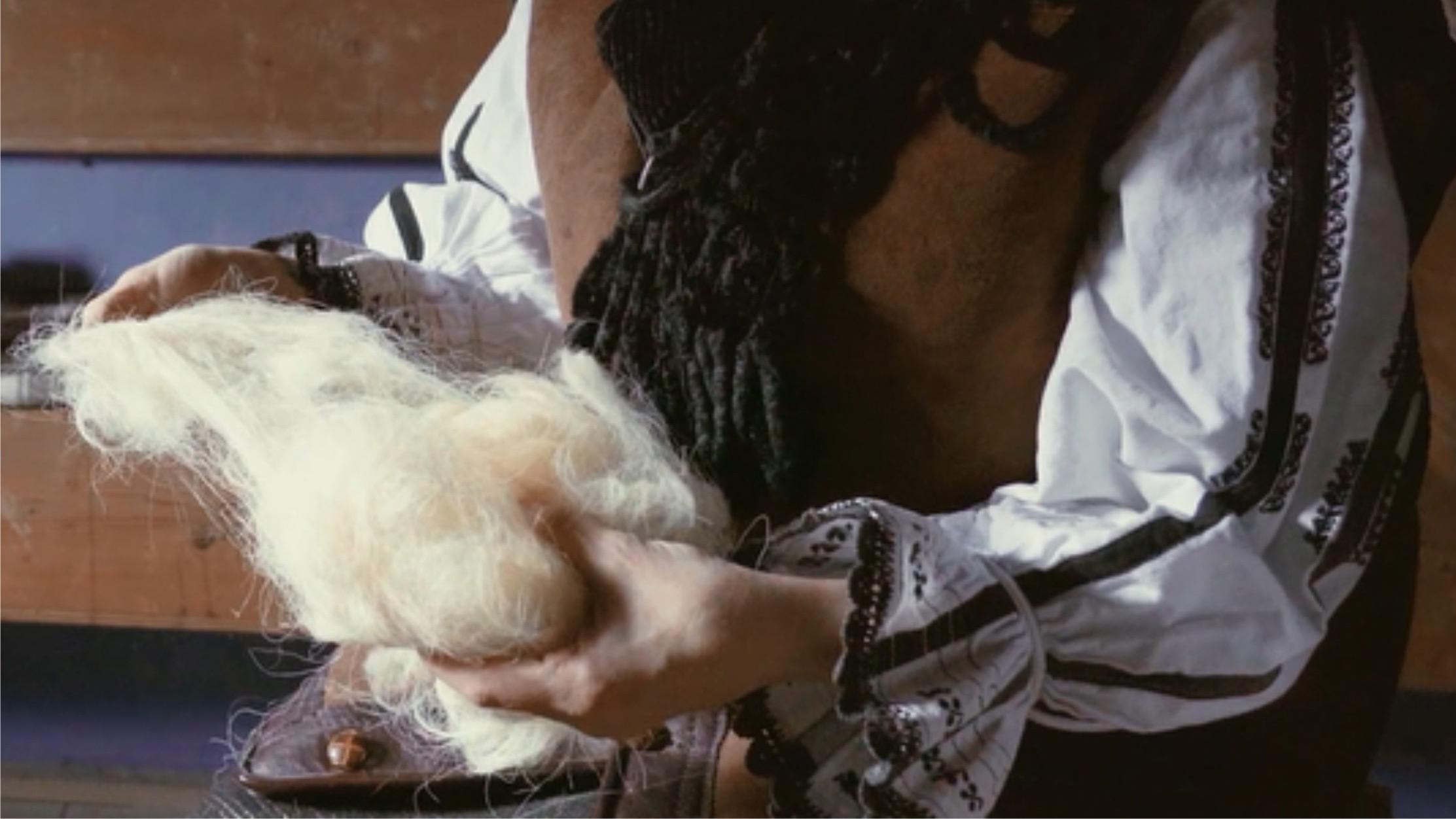
Number and name of the phase:
1. Tight a yarn on the bobbin
Description of this phase:
A small length of yarn is tight on the bobbin, on this yarn there will be connected the wool fibers that will become yarn again.
Time: ...
Installations used in this phase:
Spinning wheel
Materials used in this phase:
Sheep wool
Phase 2
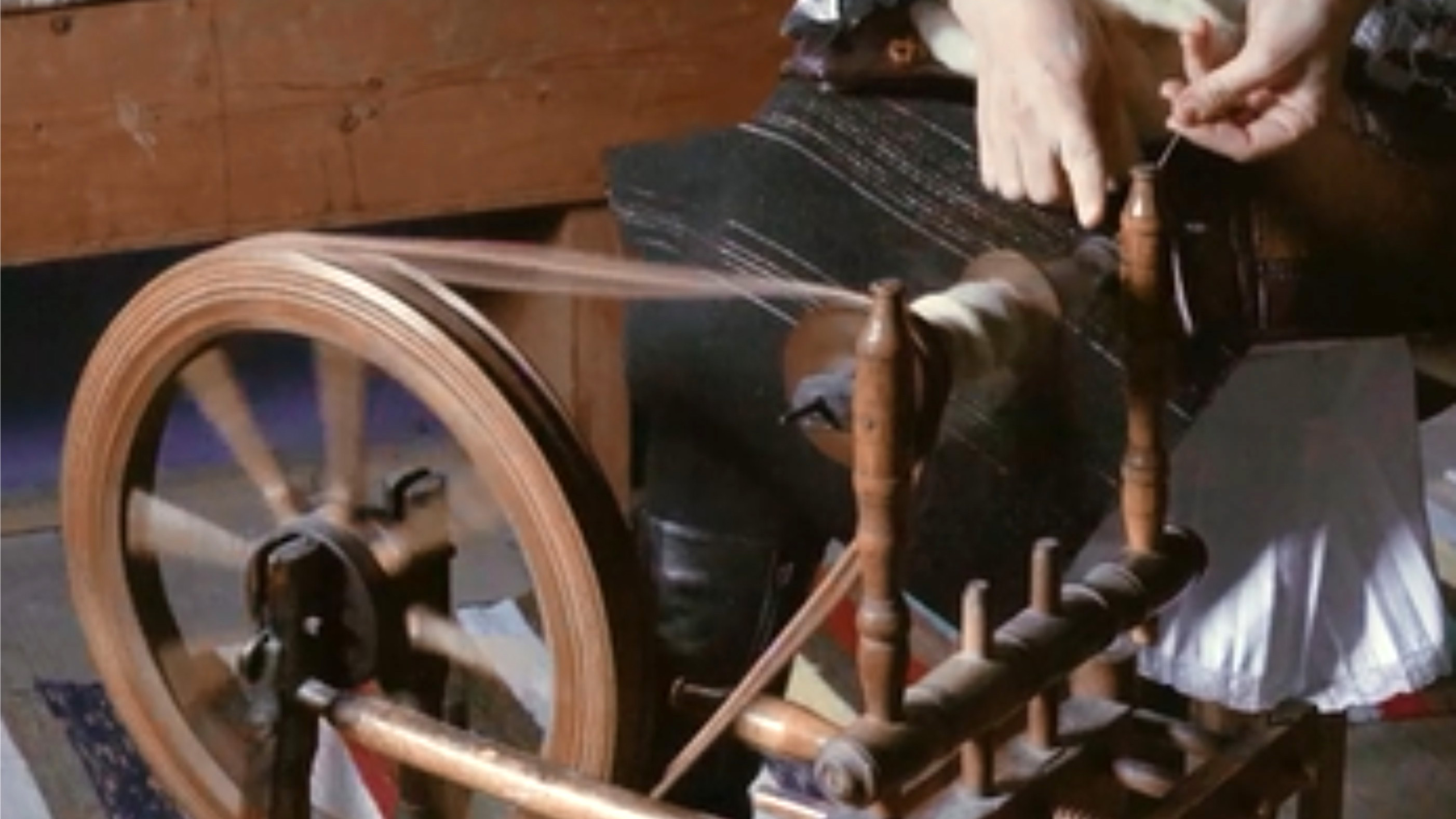
Number and name of the phase:
2. Step on the pedal and then keep the same pace
Description of this phase:
By stepping on the pedal, the wheel rotates and it rotates the bobbin that transfers the movement to the yarn.
Time: ...
Installations used in this phase:
Spinning wheel
Materials used in this phase:
No
Phase 3
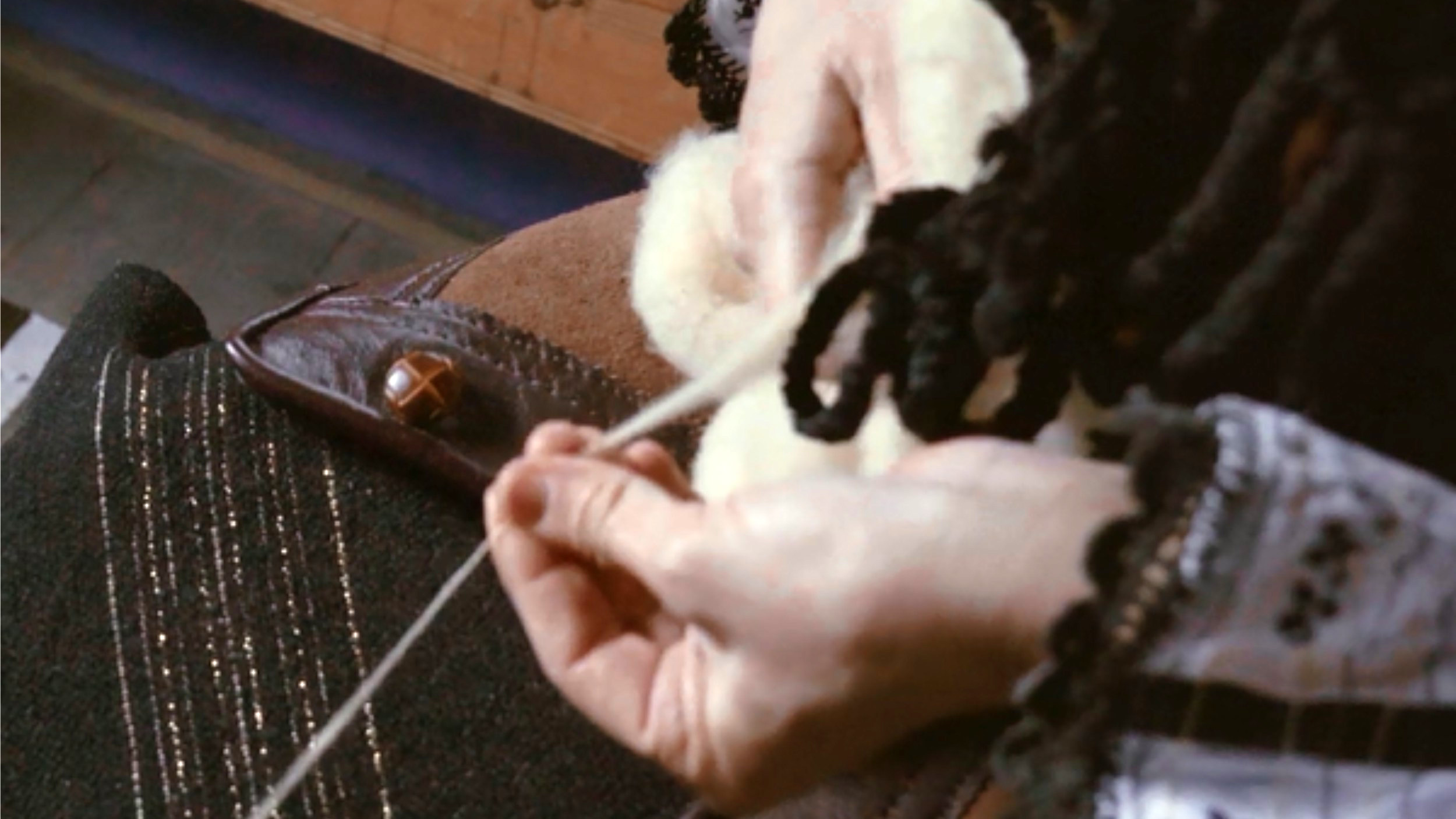
Number and name of the phase:
3. Draft fiber
Description of this phase:
With the help of one hand you draft wool fibers that you connect them to the yarn with the help of the other hand.
Time: ...
Installations used in this phase:
Spinning wheel
Materials used in this phase:
Sheep wool
Phase 4
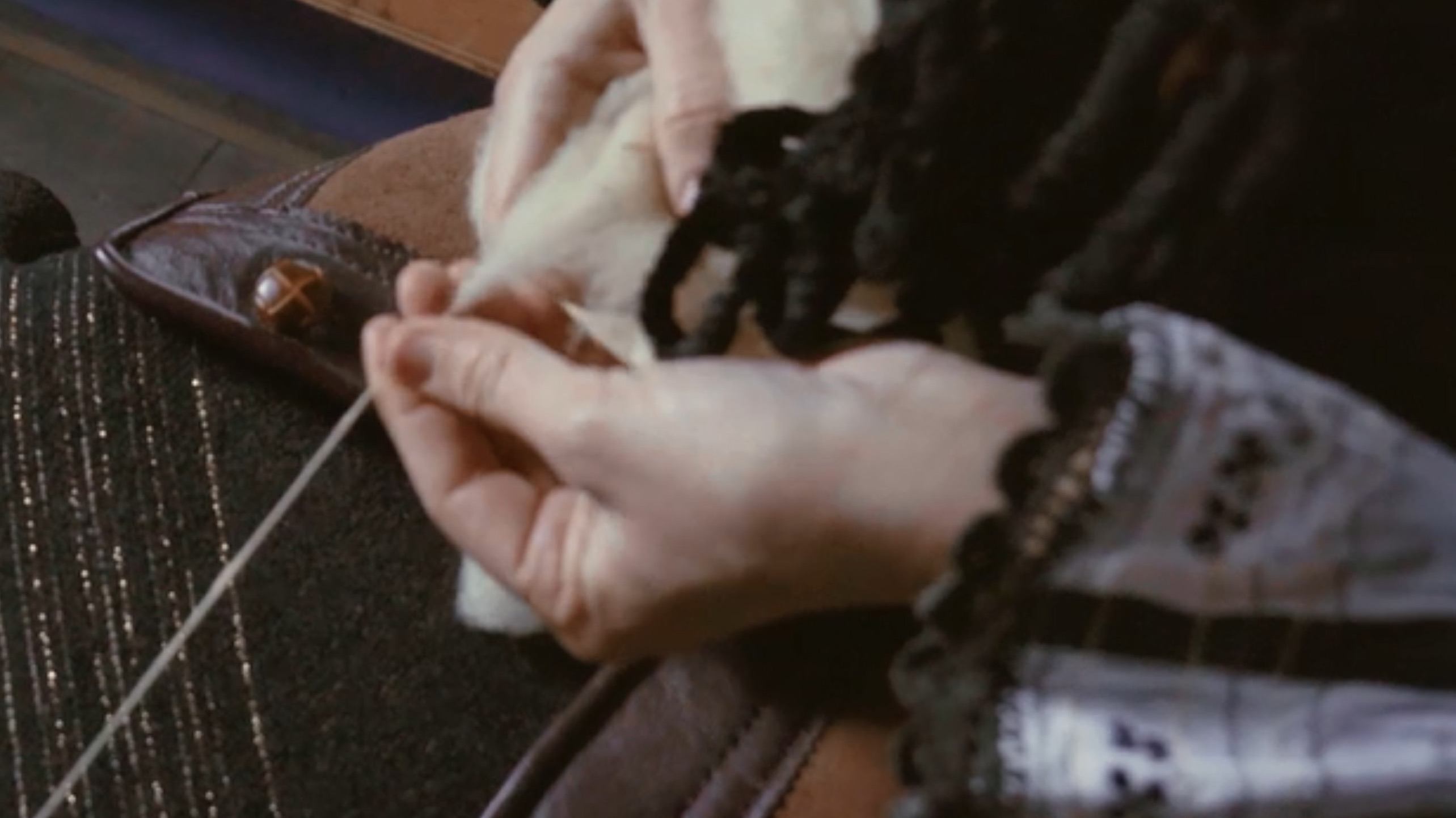
Number and name of the phase:
4. Arrange fiber
Description of this phase:
With the help of the hand that is closest to the yarn, you arrange the fibers while they are being transformed into yarn by the rotation of the yarn.
Time: ...
Installations used in this phase:
Spinning wheel
Materials used in this phase:
Sheep wool
Does the crafter model this craft activity on historical or archaeological sources: No
Did the crafter diverge from historical/archaeological accuracy to adapt the process: No
Has the crafter developed new techniques or improved the activity over time: No
Has the crafter identified any gaps in their knowledge or experience: No
Describe the crafter's approach to a tidy workshop, hygiene and other best practices:
In the workshop there are special places to keep the wool that will be used for spinning. After spinning, the place will be cleaned (brushed), the dust will be wiped from surfaces and the room will get fresh air inside.
Describe the crafter's approach to clean-up and disposal of waste products:
In order to keep the workshop clean, as there is no residue, dusting and brushing of the workplace will be done.
Describe any by-products of the craft activity that could have further use:
Spinning produces only wool yarn that can be used for crochet, weaving.
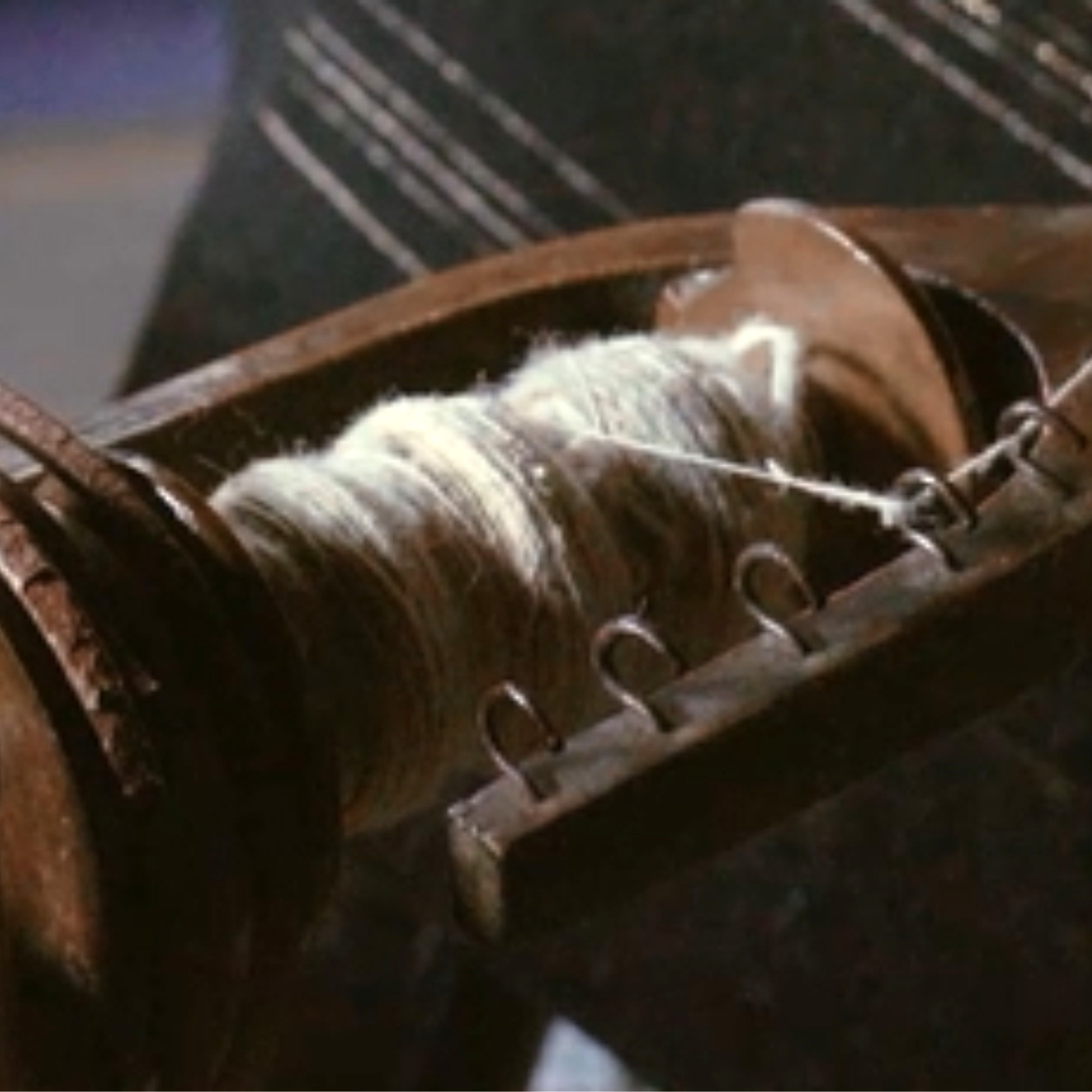
The wool yarn is a pretty rough thread, depending on the raw material used (the breed of sheep). It can have irregularities depending on the skill of the craftsman or on the fibers of the wool.
Name of the product in English:
Wool yarn
Name of the product in local language:
Fir de lână
Describe the product:
The wool yarn is a pretty rough thread, depending on the raw material used (the breed of sheep). It can have irregularities depending on the skill of the craftsman or on the fibers of the wool. The thickness is approximately of 2 millimeters.
What are the outcome or product's purposes:
Practical use
Describe how the product or outcome is used:
Used for weaving, sewing, doing crochet.
Describe who typically uses the product or outcome:
Craftsmen working with textiles, artisans, textile artists, people working with yarn.
In which context is the product or outcome typically used:
The context is the production of textiles.
What happens with the product or outcome? Is it distributed and how:
Donation/Gifting

